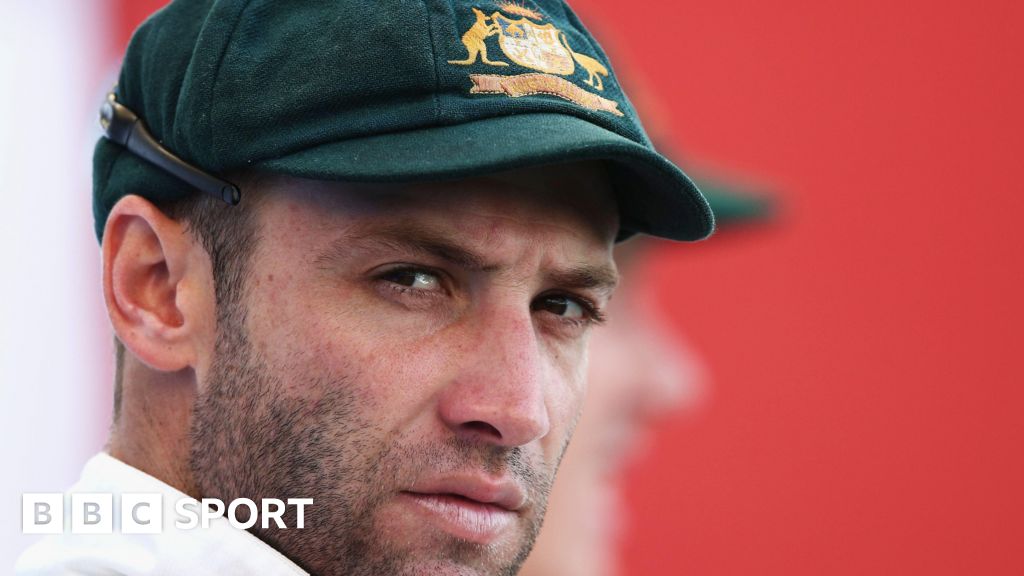India complete huge win over Australia after Travis Head merely delays the inevitable

- by Admin
- November 25, 2024

It’s funny to watch a day of Test cricket in which nothing matters. Not that any day of cricket really matters, if we’re honest, but a day when the play doesn’t even make a difference within the match itself. India in Perth on Monday had up their sleeve 522 runs and two bowling days to take seven wickets on a pitch already showing erratic bounce. The wickets would fall and the match would end, whatever the configuration. Travis Head slapping 89 runs and Mitchell Marsh launching some sixes on his way to 47 was great fun, but didn’t change the calculus in the slightest.
Usman Khawaja was the only player with the pedigree to bat a day and a half late in a game, but he fell immediately to a pull without gauging the bounce. Steve Smith is thought of in the same category but has always had a mediocre record batting last, even during his deity years – 70% of his career runs have come in the team’s first innings. This time, he was out for 17. The lower order couldn’t muster much, and as in the first innings, keeper Alex Carey looked the most controlled and confident ahead of his specialist batting colleagues. He was last out for 36 and his team went down by 295 runs.
Australia have had some savage beatings in the past decade and change. They come easily to mind, needing nothing more than the name of the ground to retrieve the memories. Generally, though, they were games when the other team was always on top. Trent Bridge 2015 or Hobart 2016 saw Australia’s batting knocked over right away, doomed thenceforth to trail in the game. Johannesburg in 2018 had South Africa go huge in their first innings. A queue of beatings in India had Australia make about 200 and India make 500 in reply. Cape Town in 2011 did have Australia collapse from a winning position, but at least that game wasn’t too far from its end.
This beating feels different, because after bowling first Australia were totally on top. South Africa at the Waca in 2016 is the closest equivalent, but even then the visitors made a halfway decent 242. This summer’s visitors were all out for 150 within two sessions on day one. The postmortems that write off this Australian team as destined for the scrapheap will brush over the quality of that performance. It was as good as fast bowling in tandem gets, backed up by brilliant fielding. The batting to follow ruined the effect, but shouldn’t diminish the effort.
In the end, though, it was a bizarre surrender from a position of such advantage. An overseas team in their first match of a series is not supposed to come back from 150 all out, let alone to an extent where they take a first-innings lead. Then to an extent where they bat almost three sessions without losing a wicket. Yashasvi Jaiswal and KL Rahul became the sixth opening pair to ever make a double century stand touring Australia.
The grinding into the dirt that followed, six wickets in the best part of two days, would have hurt all the more because the Australians were not just toiling, they were confused. Being behind from minute one – that’s sport sometimes, you can roll with that. But in this variation, as session after session of Indian batting drifted by, the expressions on the faces seemed to keep saying, “How the hell did this happen?”
How to deal with that question is what comes next. The current Australian camp is all about trying to stay calm, not overreacting to bad results; they did that with some success after two heavy losses in India last year. The broader public will be much less sanguine, with plenty of agitating for changes for Adelaide in the manner that you expect after a humiliating defeat. How it happened will be the initial question that turns into the question of how to prevent it happening again.
after newsletter promotion
And while Australians worry or ponder or call up talkback lines to vent, for India this is an epochal Test match result in a country that until 2018 had never seen Indian series success, and since 2019 has seen nothing but. Their last two Test tours of Australia have produced heartstoppers in Adelaide and Brisbane, and two excellent professional wins in Melbourne. They haven’t produced an absolute beating like this, the sort of win that can send an opposing camp into disarray.
India have a young opener with apparently boundless ability, a veteran champion in the middle order, a wicketkeeper whose comeback to the game is a miracle beyond even some of the innings he plays, the best fast bowler in the world, and a supporting cast of high class in both departments. They didn’t bother picking two of the greatest spinners in their history and were not made to suffer for that choice. They have other serious players to bring back for the second Test, including their regular captain. One performance offers no guarantee about the next, especially with 10 days in between, but in eyeing off a vanishingly rare three in a row touring Australia, this team has given itself the best possible start.
The Latest News
-
November 25, 2024‘My grandma’s a witch’: Mav McNealy’s description of his grandmother was actually a compliment (trust us) – Australian Golf Digest
-
November 25, 2024Australian team’s ‘unity’ under question as Hazlewood seemingly blames batters for Perth loss
-
November 25, 2024Drake announces Australian tour to begin same date as rival’s Super Bowl show – Medicine Hat News
-
November 25, 2024Phillip Hughes: Australia batter remembered 10 years on
-
November 25, 2024Gary Koch among winners as First Tee reveals honorees for its national service awards – Australian Golf Digest





